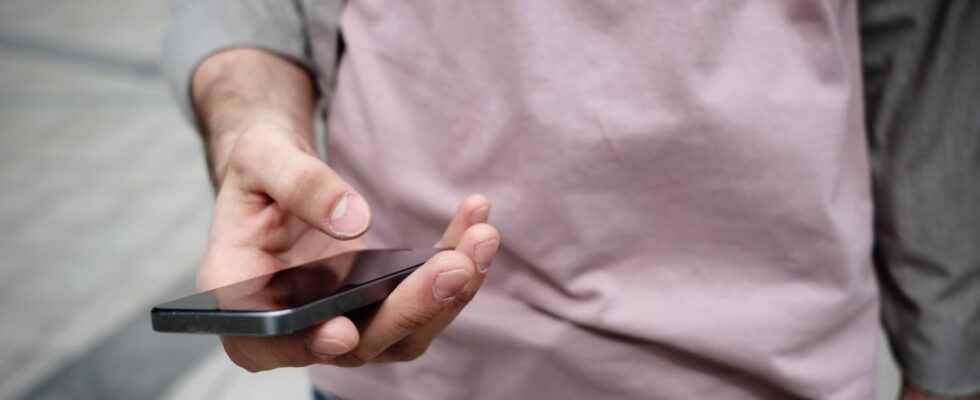Operators are gradually abandoning 2G and 3G in favor of 4G and 5G, which are more efficient and more secure. The old mobile telephone networks will close definitively by 2029, with a compulsory transition to the new standards.
Faced with the growing needs of their customers – particularly in terms of data – telephone operators must constantly adapt their mobile networks in order to offer the best possible connectivity throughout the territory. The deployment of 4G and 5G is a crucial issue for France – in particular to reduce the digital divide, France being covered in a rather unequal way – and the two networks are gradually replacing 2G and 3G. Deployed in the early 90s, 2G nevertheless accompanied the first steps of mobile phones, followed by 3G ten years later. These two networks have participated in the flight of laptops. But now, more than thirty years after its creation, 2G is living its last months, and 3G will soon join it. Indeed, Orange announced last year the closure of its 2G and 3G networks. It is the turn of Bouygues Telecom, just a few days after SFR, to confirm their total closure by 2029.
2G and 3G: the end of networks by 2029
In an interview given to the Digital FactoryJean-Christophe Ravaux, the BtoB market director of Bouygues Telecom, announced that the operator will close its 2G networks in 2026 and 3G in 2029. A few days before, SFR had also presented a fairly similar timetable, with a closure of its 2G networks in 2026 and those of 3G in 2028. A year earlier, Orange was planning the end of 2G for 2025 and that of 3G in 2028. For its part, Free has just closed its 2G network a barely a year after starting its construction following the renewal of its roaming agreement with Orange until 2025, as recalled AlloPackage. The frequencies that this frees up will be reallocated to the 4G and 5G of the various operators in order to improve the quality of services, in particular by decongesting an already congested network, by better penetrating into closed places and by covering more rural areas. They therefore choose to focus on these long-term, more efficient and more secure technologies by reusing the so-called “low” band (900MHz) 2G/3G on 4G/5G networks.
Of course, the disappearance of 2G and 3G is not without consequences. Many connected objects, such as payment terminals, elevators or counters, still operate in 2G and 3G, particularly in automotive and telemetry. However, the few years of delay before their closure will allow companies to adapt and gradually modify their equipment, so as to be fully ready when 2G and 3G go out.
For individuals, the repercussions should not be too great. Indeed, the vast majority of French people are now connected to 4G or 5G. According to Arcep, 99% of the French population is covered by 4G. A very encouraging percentage… but population coverage should not be confused with territorial coverage, because there are white areas – that is to say not covered by a mobile network, even if their number is decreasing considerably. The few users who still own and use a mobile that is not 4G or 5G compatible will have to give it up for a suitable model if they want to use mobile services. Since only 2G/3G compatible smartphones have not been on the market for years, and given the average lifespan of mobile devices, this major transition to 4G/5G should not pose too many problems…
